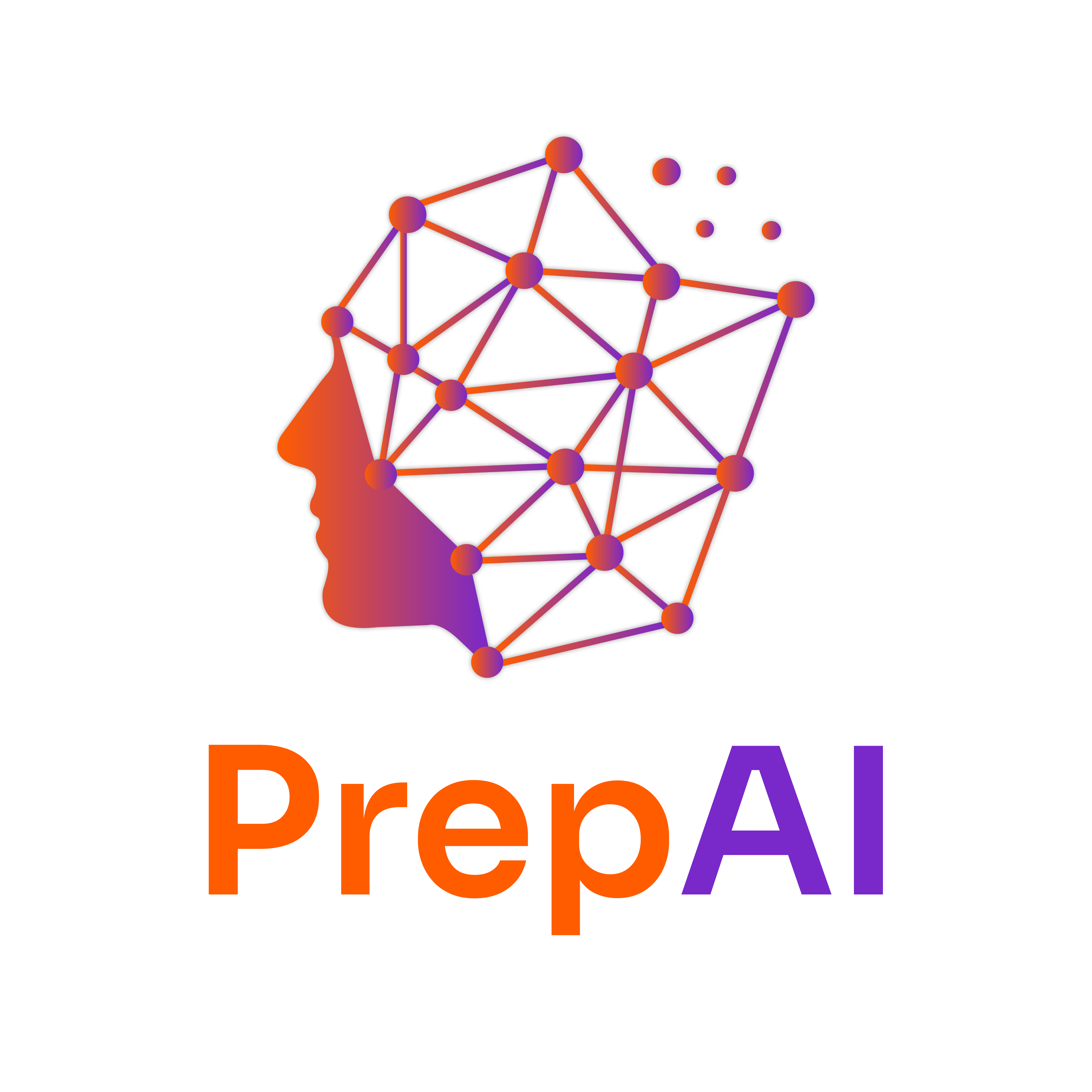Understanding theisson Distribution
Definition Theisson distribution is a probability distribution that expresses the probability of a given number of events occurring in a fixed interval of time or space, given that these events happen independently of each other at a constant average rate.
Example: If a call center receives an average of 3 calls per hour, the Poisson distribution can be used to calculate the probability of receiving a certain number of calls in that hour.
Explanation
Key Properties of the Poisson Distribution
- Discrete Distribution: The Poisson distribution is used for discrete events (e.g., number of calls, defects in a batch).
- Parameter (λ): The average number of events in the interval, denoted by λ (lambda). For instance, if λ = 3, on average, 3 events occur.
- Independence: Events occur independently; the occurrence of one event does not affect the probability of another.
- Probability Mass Function (PMF): The probability of observing k events is given by: [ P(X = k) = \frac{e^{-\lambda} \cdot \lambda^k}{k!} ] where (e) is approximately 2.71828, and (k!) is the factorial of (k).
Real-World Examples
- Call Centers: Average number of calls received per hour.
- Traffic Flow: Number of cars passing a checkpoint in a given time.
- Inventory Management: Number of stockouts occurring in a week.
Real-World Applications
- Telecommunications: Predicting call volumes to optimize staffing.
- Manufacturing: Estimating the number of defects in a production run.
- Healthcare: Modeling the number of patients arriving at an emergency room.
Challenges and Common Pitfalls
- Assuming Independence: Events must be independent; otherwise, the Poisson model may not apply.
- Choosing λ: Incorrectly estimating the average rate can lead to inaccurate predictions.
Best Practices
- Ensure the event count is appropriate for a Poisson model.
- Validate the independence of events before applying the distribution.
Practice Problems
Bite-Sized Exercises
-
A bakery sells an average of 5 loaves of bread per hour. What is the probability that they sell exactly 3 loaves in one hour?
Solution Steps:
- Use the PMF formula with λ = 5 and k = 3.
- Calculate (P(X = 3)).
-
A website receives an average of 10 visitors per minute. What is the probability that it receives 7 visitors in a minute?
Advanced Problem
-
A bus station has an average of 4 arrivals every 15 minutes. What is the probability that exactly 2 buses arrive in the next 15 minutes?
Solution Steps:
- Set λ = 4 and k = 2.
- Use the PMF formula to calculate (P(X = 2)).
Tool-Specific Instructions
Calculating Poisson Probabilities in Python
You can use Python's scipy.stats library to calculate Poisson probabilities.
from scipy.stats import poisson
# Parameters
lambda_value = 5 # average rate
k = 3 # number of events
# Calculate probability
probability = poisson.pmf(k, lambda_value)
print(f"The probability of exactly {k} events: {probability}")
YouTube References
To enhance your understanding, search for the following terms on Ivy Pro School’s YouTube channel:
- "Poisson Distribution Explained Ivy Pro School"
- "Calculating Poisson Probabilities Ivy Pro School"
- "Real-World Applications of Poisson Distribution Ivy Pro School"
Reflection
- How can understanding the Poisson distribution improve decision-making in your field?
- Can you think of a scenario in your life or work where the Poisson distribution could apply?
- What challenges do you foresee in applying this distribution to real-world data?
Summary
- The Poisson distribution models the probability of a given number of events in a fixed interval.
- Key properties include being a discrete distribution with a parameter λ, independence of events, and a specific PMF.
- Real-world applications span various industries, from telecommunications to healthcare.
- Practice calculating probabilities using both manual methods and programming tools like Python.
- Reflect on the practical implications of this distribution in your own experiences.
